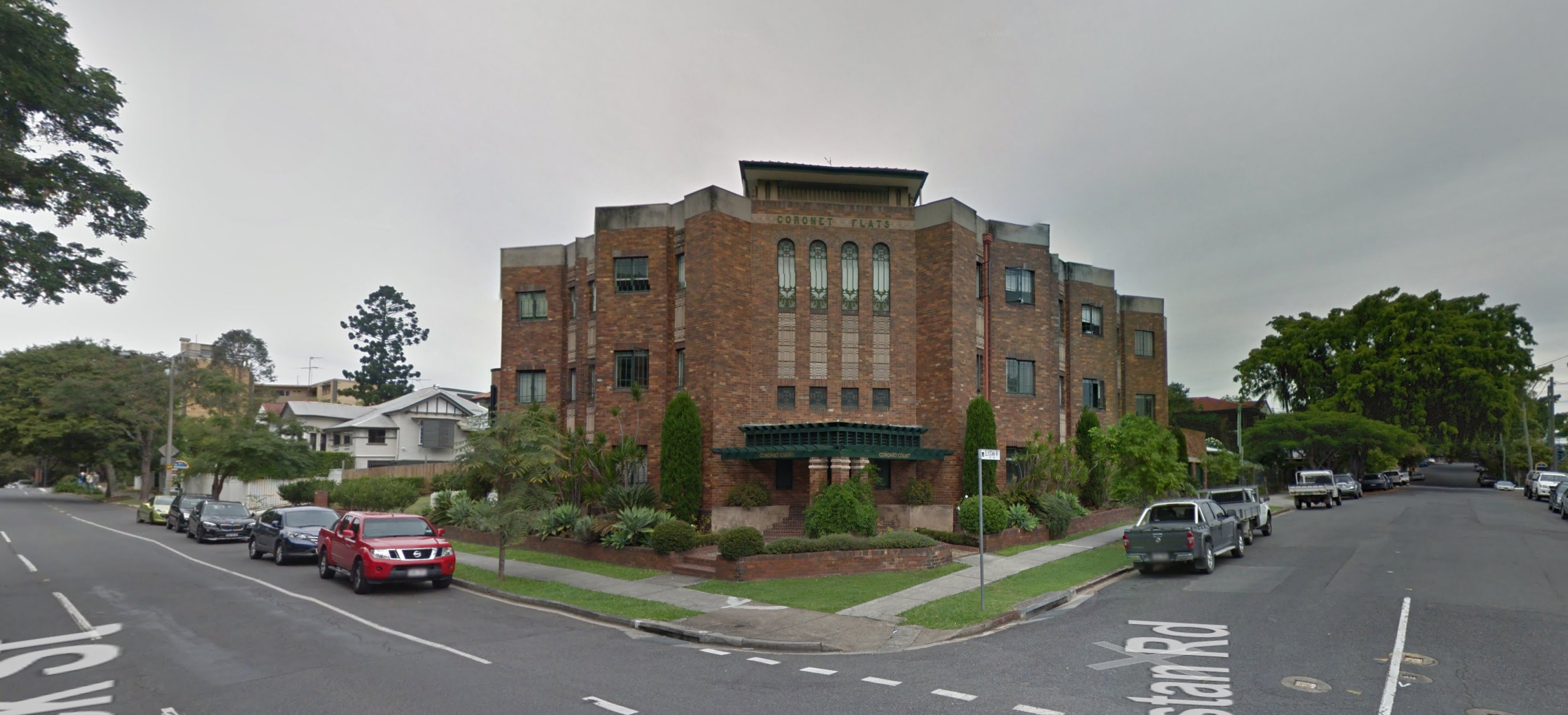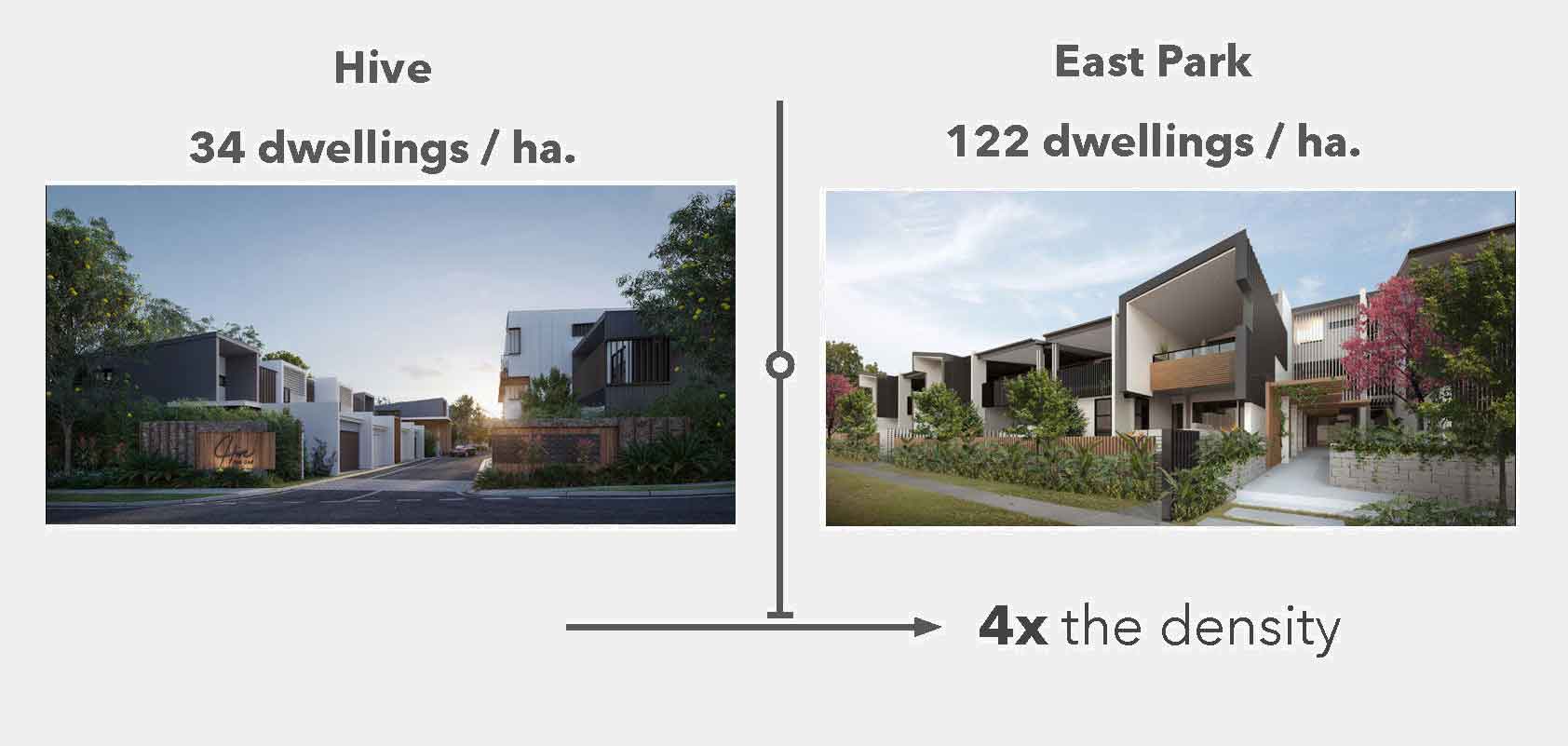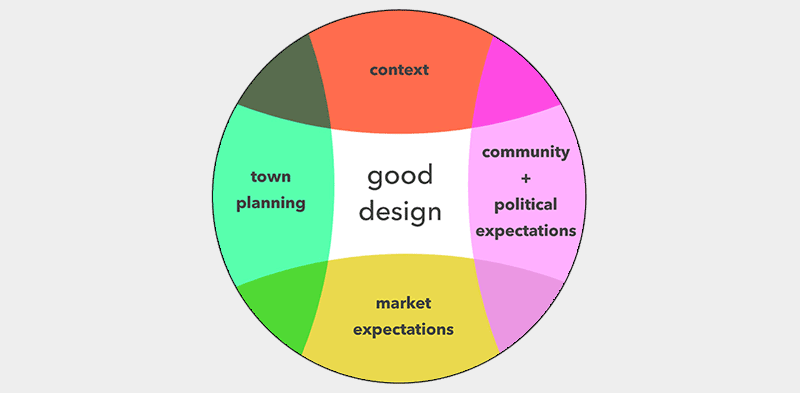Mason Cowle, Co-Founder/Director
20.09.2017 (Research)
The Missing Middle
The Missing Middle is a hot topic of discussion amongst our clients and in the development industry in general. So what is it, why is it “missing” and why is it important for the future of South East Queensland?
In physical terms, the Missing Middle is development in established suburbs, between 2 and 6 storeys high, in a variety of architectural typologies. Typically these developments are around 60 to 100 dwellings per hectare, or 4 to 8 times higher density than your average inner suburb.
At Ellivo, we define the Missing Middle simply as “the sweet spot between the house and the high rise”

This type of development is seen as a critical part of the puzzle to accommodate the additional two million people expected to reside in SEQ by 2041. The State Government has captured its response to this demand in the new ShapingSEQ Plan. This plan and the importance it places on the Missing Middle is a recognition by State Government that long term housing needs cannot be met solely by Greenfield development or by very high density towers.
The Missing Middle carries a promise – a promise to deliver infill living within established suburbs with walkable access to parks and amenity, feeding off the existing infrastructure. It envisages development that is sensitive to the existing community fabric and encourages age diversity within a suburb. It will rely on clever design to provide high quality, compact housing which offers real choice to potential residents.
But is the middle really “missing” or has it simply been forgotten?

There are plenty of great post war apartment complexes that fit into the definition of the Missing Middle. We are also seeing many developers proactively embracing the challenges and opportunities in the suburbs. However we also have the historical stigma of the six-pack and development that was hastily erected to answer the post war demand for housing.
At Ellivo we see the whole discussion around the Missing Middle as a welcome opportunity to reframe and invigorate discussion about what new forms of housing may be appropriate in the next 10 to 15 years.

We all understand that increased density in existing suburbs is necessary, but it will inevitably create some friction with existing residents. Density may already be a dirty word in the suburbs – but the public does not necessarily perceive density in the same way as it may perceive height. This can be a great opportunity to create what we call “gentle density”. In essence, this is density that is effectively hidden from the street and maintains the rhythm of the neighbourhood.

In these two images, we can see how density can be incorporated in sympathy with the scale of a typical residential street. The project on the right achieves around four times the density of the project on the left. However, both are achievable within a residential scale. By way of comparison to the above examples, existing inner Brisbane suburbs currently have a density of around 12-15 dwellings per hectare.
But the promise of the Missing Middle may be undermined by repeating the mistakes of the six-pack era. Mediocre design has the potential to antagonize already suspicious communities. Part of the solution to “de-risk” development is good design. We don’t mean simply getting the best architect for the project, but getting the context of the whole team right. It is critical to get the balance right between:
· An understanding of the physical context of the specific site
· An appreciation of the community and political climate
· The town planning expectations
· The markets expectations and the clients’ brief

Without a strategy to deliver good design, developers are missing a key element in their planning risk mitigation.
We are having ongoing discussions around these topics with our clients. We are trying to discover the critical distinctions between one site and another, how this impacts the project vision, and how we can integrate our designs into the fabric of the existing streetscape. We are looking for the balance.
